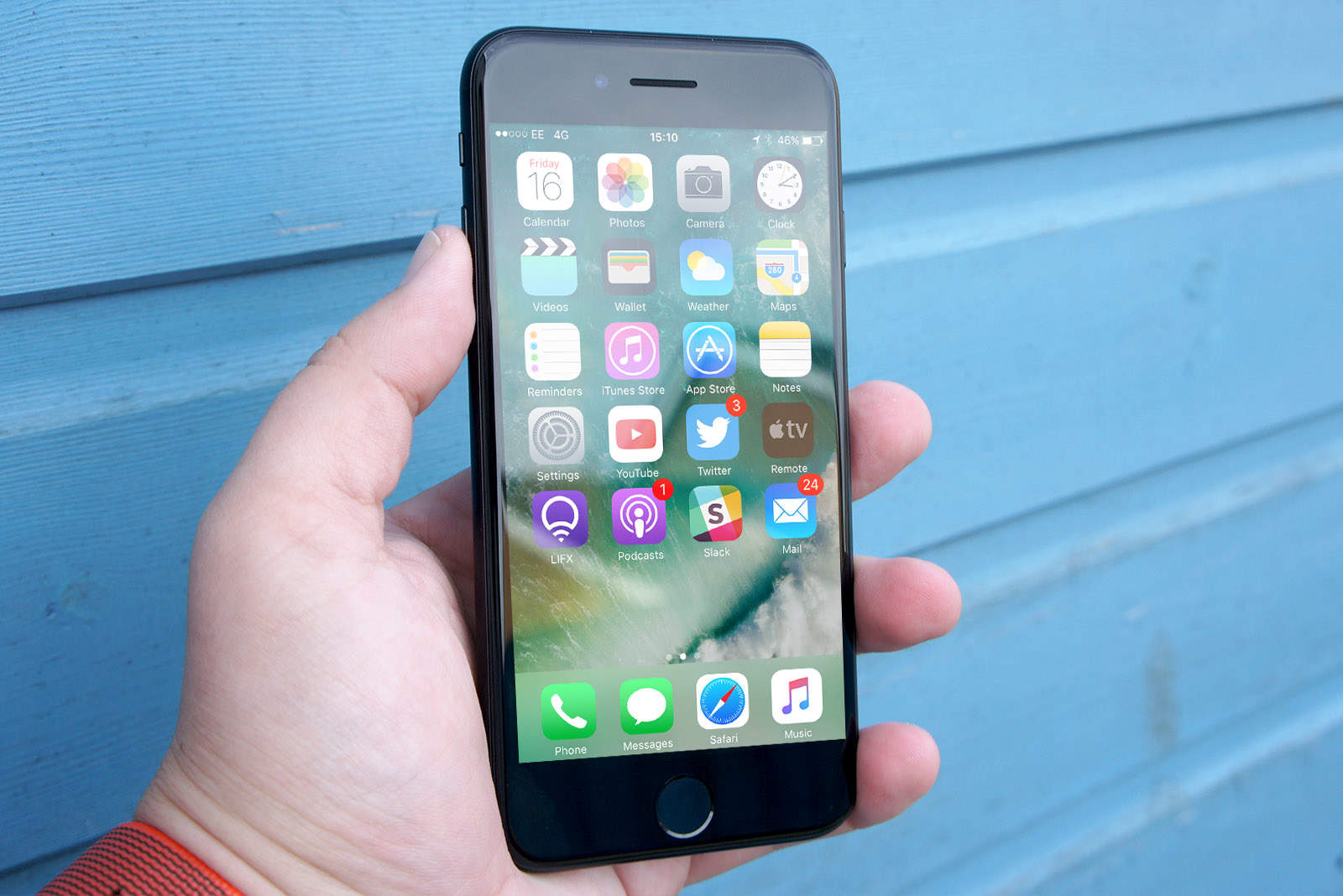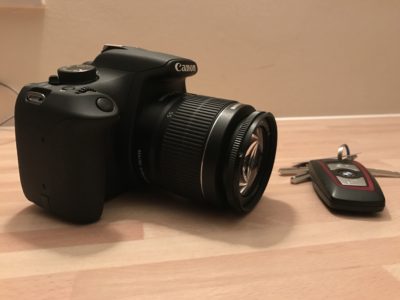Fans weren’t expecting much from this year’s iPhone upgrade. We wanted something big — something that could reverse falling demand for Apple’s biggest product lineup — but we feared we weren’t going to get it.
What we got was the iPhone 7. It looks just like iPhone 6s (and iPhone 6), but Apple promises it’s a different beast. It’s faster, more exciting, and more capable than its predecessors — and it comes in new colors.
I’ve been using iPhone 7 since it went on sale last week, and I’ve been pleasantly surprised with my experience so far. It’s definitely not the massive disappointment some people anticipated, but is it worth the upgrade if you already have a recent model? Read Cult of Mac’s iPhone 7 review to find out.
iPhone 7 review: All about the upgrades
For me, iPhone 7 had big shoes to fill. It didn’t just need to be better than the iPhone 6s I have been using for the majority of the past year. It also had to compete with the superb Galaxy Note 7 I’ve been using for the past month (minus a few days when it had to be replaced by Samsung).
Before the iPhone 7 turned up at my door last Friday, I was skeptical it could fill those shoes. The improvements Apple made this year sounded pleasant enough, but I still thought the upgrades fell short. I wanted a sharper display, wireless charging, and other features offered by Android rivals.
But once I started using the iPhone 7, I quickly forgot it lacked all that and started to appreciate what its finer points. In fact, I fell in love with the iPhone all over again.
Don’t be fooled by familiar design
The iPhone 7 might look familiar, but a lot has changed. It’s prettier thanks to those redesigned antenna bands (and if you choose the matte black or jet black models, the ugly but functional design element is even more difficult to spot). I’ve been using the matte black model and I love it.
Photos don’t do the black iPhone 7 justice; it’s much prettier in the hand. The finish isn’t as light as it looks in images; it’s actually a lot darker, like the slate finish Apple gave us with the iPhone 5. But unlike the slate, the new black model is anodized, so you don’t have to worry about it chipping.
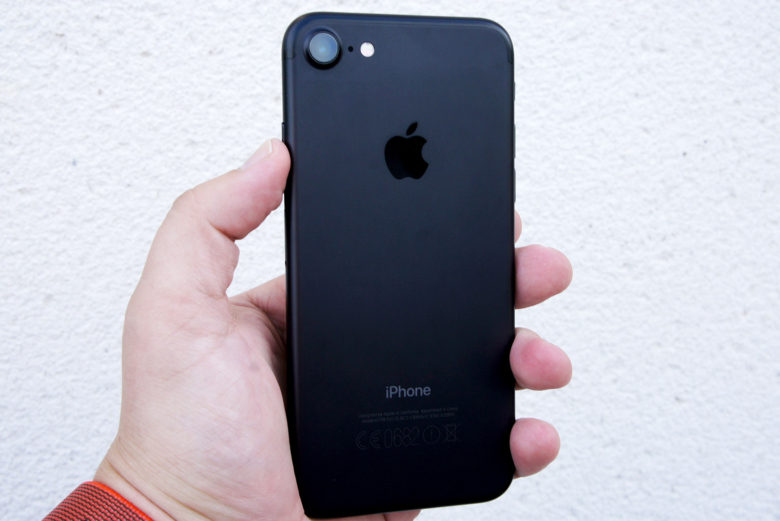
Photo: Ste Smith/Cult of Mac
Apple has taken away the ring that surrounded its iSight camera on iPhone 6s. The hump is still there, but the iPhone’s aluminum unibody encases the camera lens now for a more seamless look. Alongside it sits a new True Tone flash with quad LEDs — twice as many as before.
Apple has also taken away the headphone jack (as you’ve probably heard), which I’ll talk about more later. In exchange, we have a larger Taptic Engine for greater feedback, an additional speaker (iPhone 7 has stereo sound!), and a slightly bigger battery.
iPhone 7’s new Home button
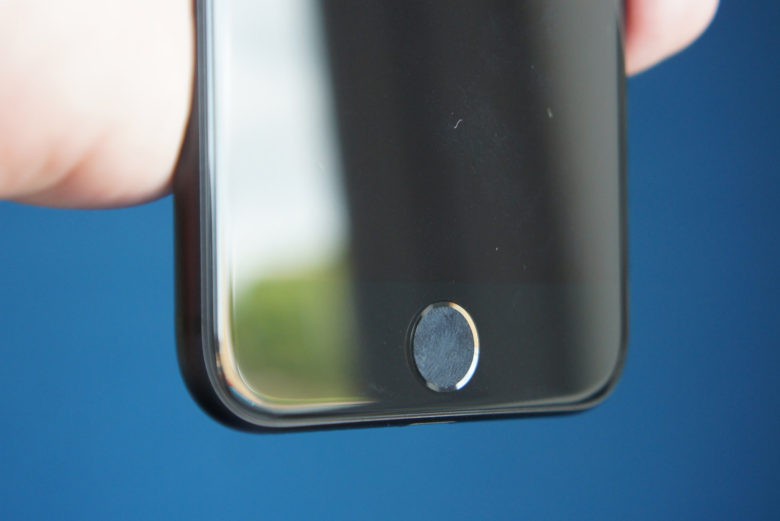
Photo: Ste Smith/Cult of Mac
We also have an all-new Home button. The new one is capacitive and clicks are generated by the Taptic Engine — just like on the latest MacBooks. That means that when you press the Home button, it doesn’t actually move, though it feels like it’s clicking.
It’s a somewhat strange sensation at first, but you quickly get used to it. Apple gives you three different levels of feedback to choose from. If you want something a bit more forceful — something that feels more like a traditional click — just select option 3 during the iPhone 7 setup process.
iPhone 7 is water-resistant
The biggest design improvement we get with iPhone 7 is water-resistance. It earns an IP67 rating, which means it can be submerged in up to 1 meter of water for up to 30 minutes. You can take it in the bath or out in the rain and you don’t have to worry about it getting wet.
Bear in mind, however, that Apple’s standard iPhone 7 warranty does not cover liquid damage. If your iPhone ends up in water too deep and gets damaged, that’s your problem. AppleCare+ does cover liquid damage, though you’ll have to pay a fee for a replacement handset.
Retina HD iPhone 7 display is better, not best
Sadly, neither the iPhone 7 or iPhone 7 Plus bring more pixels than their predecessors. However, Apple made other nice improvements to the Retina HD displays. The brighter new iPhone displays reach around 705 nits when necessary, and they support a wide color gamut.
iPhone 7 also delivers Apple’s best color management to date, the company says, with the ability to display more shades of the color spectrum to deliver “a truer representation of the real world.” Those claims have been backed up by the experts at DisplayMate Technologies, too.
“It is the most colour accurate display we have ever measured,” says DisplayMate’s Raymond M. Soneira. “It is visually indistinguishable from perfect, and is very likely considerably better than any mobile display, monitor, TV or UHD TV that you have.”
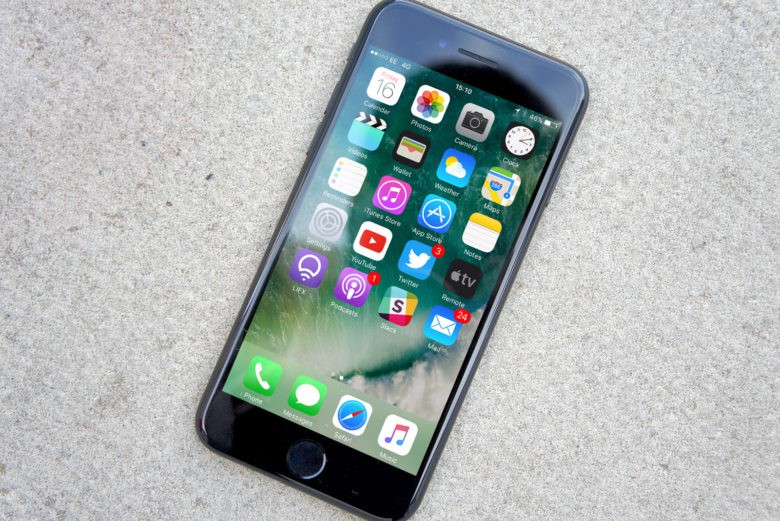
Photo: Ste Smith/Cult of Mac
Honestly? I wasn’t as impressed by this as I initially imagined. In fact, I didn’t even notice a difference until I placed my iPhone 7 alongside an iPhone 6s and loaded up the same photos on both. And even then, the new Retina HD display doesn’t appear that much better.
The improvement is certainly welcome, and there’s no doubt images look better on iPhone 7. But I don’t think it will blow you away. As I wrote in my first impressions piece last week, if you were planning to upgrade solely for the improved display, don’t bother.
This is one area where I think the iPhone falls behind the competition. It’s not so bad with the iPhone 7 Plus, which has a 1080p display with 401 pixels per inch, but the iPhone 7’s 750p display with just 326 pixels per inch is nowhere near as pretty as it could be.
Again, I’ve been using a Galaxy Note 7 with Samsung’s stunning Quad HD Super AMOLED display for the past month. To my eyes, the Retina HD display looks like a downgrade. iPhone fans will argue those extra pixels aren’t necessary, but they make a real difference.
Here’s to hoping next year’s rumored switch to OLED panels for iPhone 8 brings increased screen resolutions.
iPhone 7 puts rocket power in your pocket
Apple certainly seems in no danger of falling behind when it comes to raw computing power. Its A-series processors have been beating rival chips for years, but none have been quite as spectacular as the new A10 Fusion chip. Apple’s latest chip is faster, more powerful, and more efficient than any of its predecessors.
The iPhone 7 outpaces every single one of its Android-powered rivals in benchmark tests, despite having fewer processor cores and a slower clock speed than many of them. Apple’s new phone proves faster than flagship devices like the Galaxy Note 7 in real-world tests.
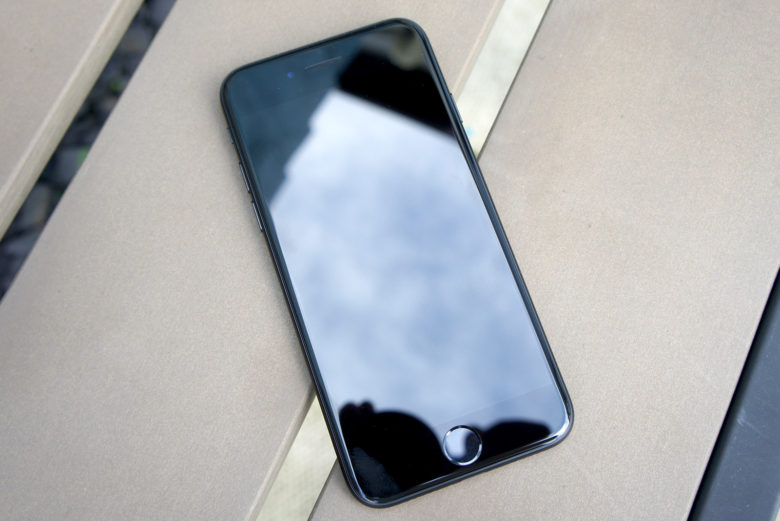
Photo: Ste Smith/Cult of Mac
Just like the iPhone 6s, the iPhone 7 performs incredibly smoothly no matter what you throw at it. Apps and games load more quickly than they do on Android devices, and you typically get a snappier experience when switching between multiple apps.
We won’t get to enjoy the true capabilities of the A10 Fusion until developers start to really take advantage of the additional power it brings. But there is one improvement you might notice right away, and that’s the introduction of two new cores.
iPhone 7’s A10 Fusion chip
Unlike any other A-series chip, the A10 Fusion packs four cores, including two new high-efficiency cores. These sip one-fifth the power of the two high-performance cores, which means they won’t drain the iPhone 7 battery anywhere near as quickly.
If you only use your smartphone for light tasks like messaging and email, the iPhone 7 will conserve power by relying on those high-efficiency cores. The high-performance cores will kick in only when you really need them for things like gaming and streaming video.
It’s not all good news, though. Apple played conservative with RAM again this year, so iPhone 7 comes with only 2GB — just like iPhone 6s. You probably won’t notice this too often during normal use, but at times the lack of RAM becomes a pain in the butt.
For instance, when using multiple tabs in Safari or Google Chrome, you’ll notice there’s only room for one or two of them in memory. That means if you switch to a third tab, iPhone 7 must reload it from scratch. It becomes annoying if you run into this problem frequently.
iPhone 7 iSight camera takes even better snaps
Apple improves upon its excellent iSight cameras every year, and iPhone 7 delivers the best yet.
It now boasts optical image stabilization — a feature previously exclusive to the larger Plus models — a wider f/1.8 aperture, a new six-element lens, and a quad-LED True Tone flash. You also get wide color capture to take advantage of the improved Retina HD display.
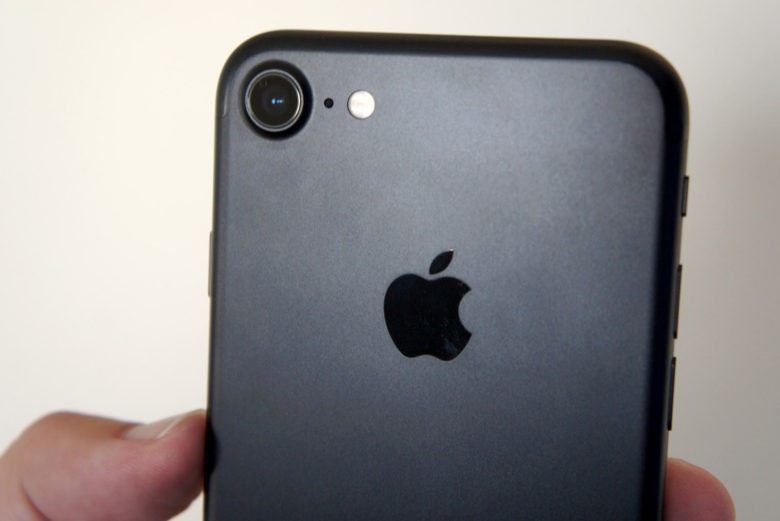
Photo: Ste Smith/Cult of Mac
These improvements make for a terrific smartphone camera — easily one of the best available today. iPhone 7 takes spectacular photos in good light, with excellent clarity and beautifully vibrant colors. And it focuses on your subject wonderfully fast.
I’ve yet to take a bad photo with the iPhone 7 in good lighting conditions. Having said that, I was taking pictures that looked just as good on my iPhone 6s a week ago. Take the same photo on both devices on a sunny day and you probably won’t notice a great difference.
Where you will notice a difference is in low light. Thanks to that wider aperture and optical image stabilization, the new iSight camera performs much better in darker environments.
The difference between iPhone 7 and iPhone 6s photos shot in low light is pretty phenomenal. You get a brighter image with greater clarity and a lot less noise. iPhone 7 captures better low-light photos than the Galaxy Note 7, despite the latter’s even wider f/1.7 aperture.
iPhone 7 camera: An image gallery
- A pensive bird.
- Nighttime street scene.
- A turtle.
- Closeup of a camera.
- Penguins on the rocks.
Videos shot with iPhone 7 look just as stunning as the photos, and the optical image stabilization means you get a significantly smoother image when your handset is moving.
Apple also upgraded its FaceTime HD camera for iPhone 7. The new 7-megapixel sensor (up from 5 megapixels with iPhone 6s) also supports wide color, which means your selfies look sharper and more vivid.
I still wouldn’t recommend using the front-facing camera for anything more than the odd selfie and FaceTime video chats, however, because the rear-facing iSight camera achieves much better results.
iPhone 7 battery life still disappoints
Thanks to a slightly larger battery and a much more efficient processor, iPhone 7 promises better battery life than any of its predecessors. Apple says you’ll get up to two hours of additional usage in between charges, but it’s still not enough.
I’ve been forced to top up my iPhone 7 before the end of the day every day since I started using it. Granted, I have been using it more than I usually would for the purposes of this review, but I still can’t see myself going a full day without a charge.
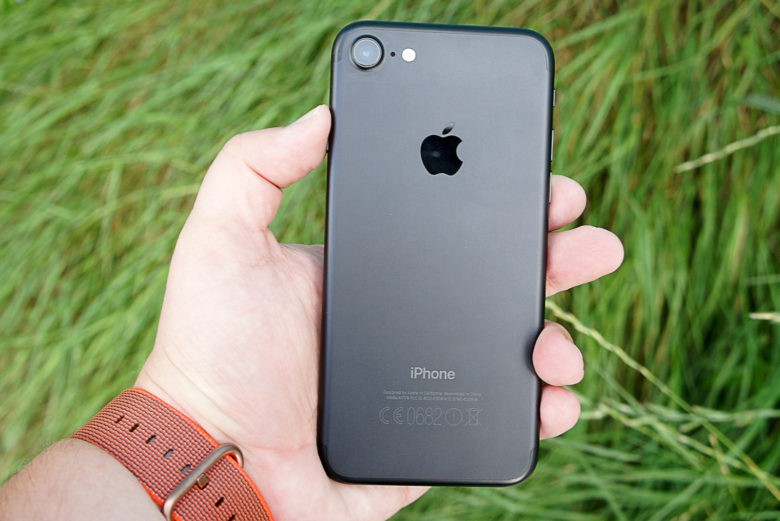
Photo: Ste Smith/Cult of Mac
I encountered exactly the same problem with the iPhone 6s, and I don’t really consider myself a heavy user. I’m at a computer all day, so the only web browsing I do on my iPhone is in the evenings. I rarely use it to watch video, play games or even make many calls.
I do use Apple Music most mornings while I’m in the shower, however, and I find myself using iMessage and Facebook Messenger quite a bit throughout the day. I also take a lot of pictures on weekends, and that was certainly the case this weekend as I tested the cameras.
I’ll probably update this section of the review in a week or so once I’ve settled into a more typical routine with the iPhone 7. But for now, the battery life improvement Apple delivered this year still doesn’t feel like it’s quite enough for me.
Living without a headphone jack
iPhone 7 certainly looks prettier without the gaping hole required for a headphone jack, but living without one takes a bit of getting used to. You might not notice it if you’ve already made the switch to Bluetooth, but everyone else will.
It’s not as painful as you might think, however. Apple gives you new Lightning EarPods that will be more than enough for the average user, and a free adapter lets you connect all your existing 3.5mm headphones to the Lightning port so they’re not redundant.
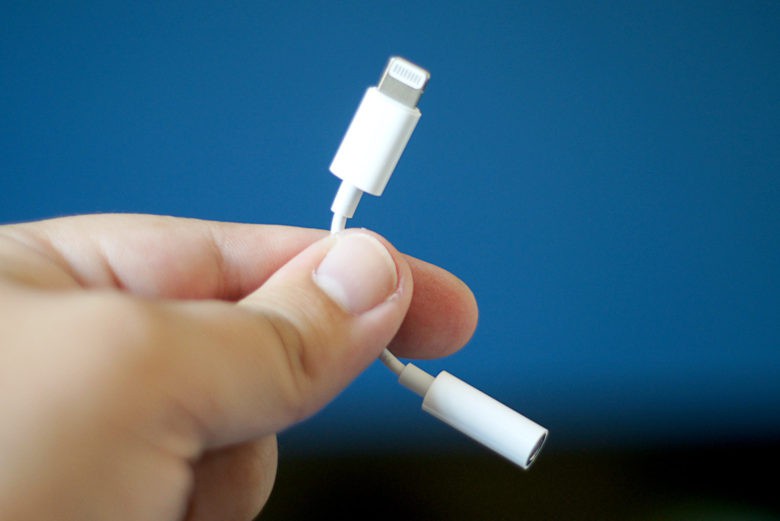
Photo: Ste Smith/Cult of Mac
The biggest issue is charging your iPhone and using headphones at the same time. With only one Lightning port, you can only use one cable, so you must decide which one is more important. Alternatively, you can pick up an adapter that will let you do both simultaneously.
The other problem is that the ecosystem of headphones that come with Lightning connectors is still very much in its infancy. It will certainly grow quickly after Apple’s controversial move, but for now, it’s hard to find good Lightning-compatible headphones that don’t break the bank.
iPhone 7 delivers stereo sound
Of course, if you don’t need to use headphones, you can enjoy the iPhone 7’s new stereo speakers. In addition to the speaker you’re used to getting at the bottom of the phone, Apple added a second one at the top alongside the earpiece.
It makes music, movies and games sound even better, and it also makes them twice as loud. The iPhone 7 speakers are ideal for catching up on your favorite shows in bed, enjoying an audiobook in the bath, or listening to your favorite album around the house.
They’re not going to replace your stereo system or even a good Bluetooth speaker, but they’re the best speakers ever in an iPhone. I’m glad Apple finally went stereo.
Is iPhone 7 worth the upgrade?
I’ve been getting slightly bored of Apple’s smartphone lineup in recent months. But the improvements the company made with the iPhone 7, combined with the excellent iOS 10 update, helped me appreciate the iPhone all over again.
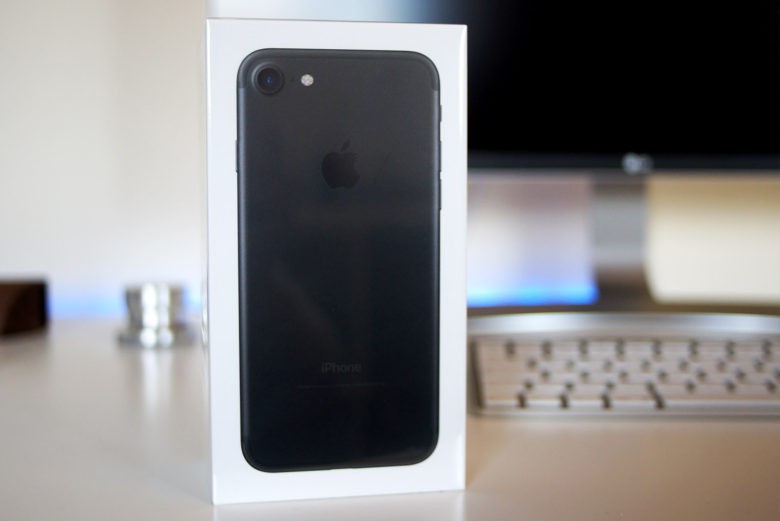
Photo: Ste Smith/Cult of Mac
I love the new Home button. I love the stereo speakers. I love that I can get my iPhone wet now. I love that the A10 Fusion chip makes everything I want to do with a smartphone effortlessly smooth. I love that iOS 10 is just as intuitive as iOS has ever been.
This makes it easy to adapt to life without a headphone jack, and to forget about sharper displays. It makes the iPhone 7 one of the most enjoyable and most exciting handsets I’ve used in a long time.
If you’re still clinging onto an iPhone 6 or earlier, do yourself a favor and upgrade to iPhone 7. You won’t regret it, and the many improvements you get will be well worth it. If you’re switching from Android, this is the iPhone you should be looking at rather than previous models.
But should you upgrade from an iPhone 6s? That’s a tough call. If you think you’ll appreciate stereo speakers, better low-light photos, the new home button, and water-resistance as much as I do, then go for it. You won’t be disappointed.
If those things seem unnecessary to you, then your iPhone 6s is still good enough.
